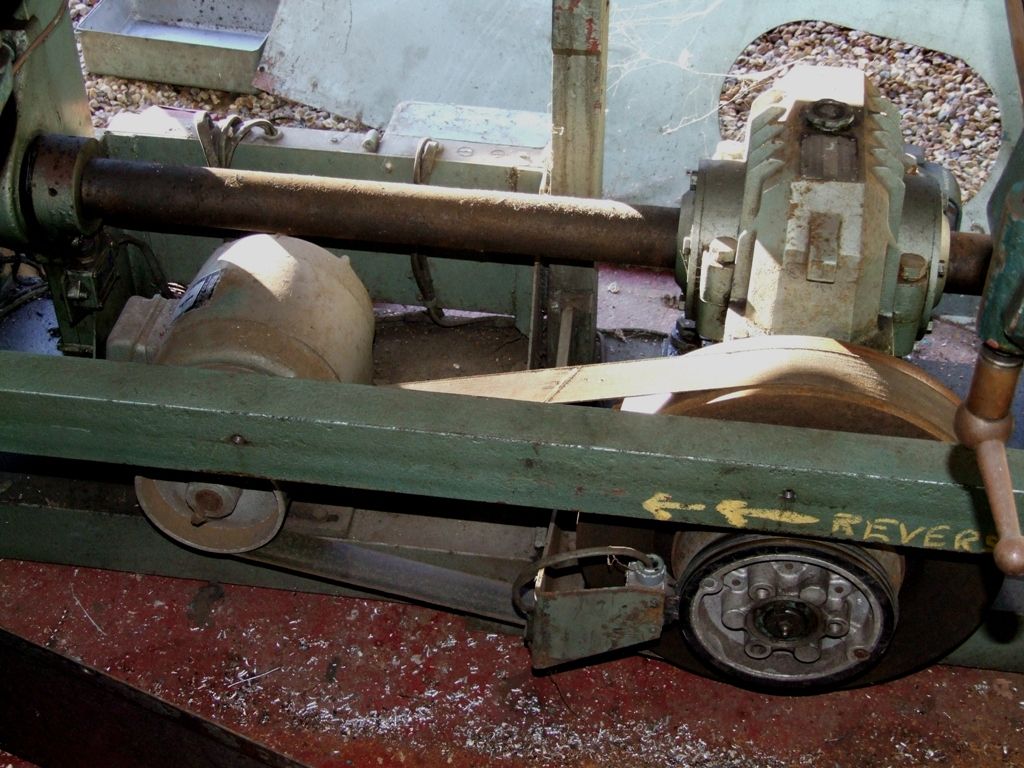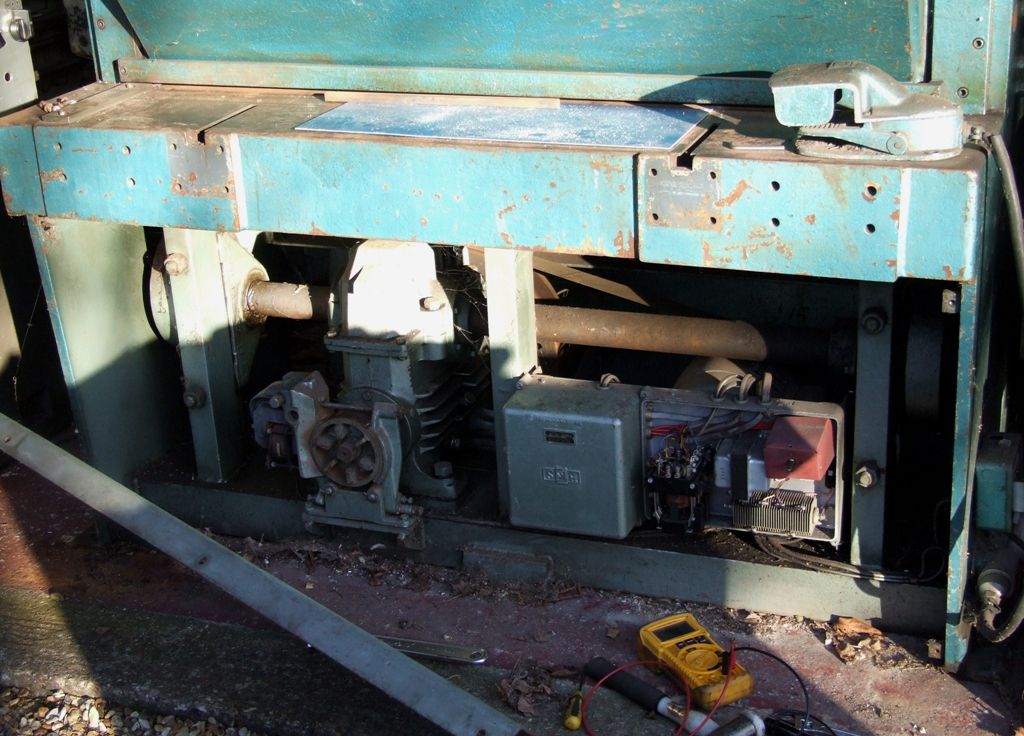Never mind number of posts, the real task today was to try and find out why my guillotine has stopped working. 
Last time I used it things were fine until the guillotine only clicked when the foot switch was pressed, but the blade didn't move. I suspected the foot switch as the wiring isn't in good condition – the rubber insulation is perished. I've put off looking at it for a week or several but now I really need to use it.
On starting up today the darn thing worked for a couple of cycles and then stopped. So that eliminated the foot switch as being the problem. Next I wondered about the limit switch not working. But, having examined it, it was clear the guillotine was overshooting at the end of the cycle. That turned attention to the electromagnetic brake, which did seem rather easy to turn when it was supposed to be on, the default. So I had a go at adjusting it to be properly on, and give more clearance when off. Still nothing when the foot switch was pressed, just a click. The motor was running with no problem so the only other electrical item was the electromagnetic clutch. In this picture it's the silver coloured disk bottom right, in front of the worm gearbox:

According to the manual it runs on 90VDC, so think brushes. The brushes are held by the green bracket immediately to the left of the silver disk. Sure enough they looked quite worn, and one wasn't making any sort of contact. There are four brushes in two parallel pairs. So even if one brush isn't making contact things should still work. Following the manual I decided to check whether I was getting 90VDC on the clutch. So round to the front of the guillotine and take the cover off the electrics box:

The circuit is pretty crude, basically just a rectifier. It can just be seen bottom right of the box – old school selenium with more fins than Helsinki. Being careful with the measurement, as there is 415VAC floating about, I measured 90VDC on the output to the clutch. And blow me down, the guillotine worked.  And continued to work.
And continued to work.
All I can think of is that fiddling about with the brushes has made the clutch work again. At least for the time being.
The clutch is made by Warner, who are still in business. According to a supplement in the manual the clutches were PC type, which even more surprisingly are still made. I've found them online and you can order spares in general from the parent company in the US. But minimum value and payment terms are somewhat onerous for overseas orders.
So the question is do Warner have an outlet in the UK? And if so am I likely to be able to get spare brushes for the PC range of clutches? If not I have found a couple of companies that might be worth calling as they claim to be agents.
Andrew
Anonymous.






